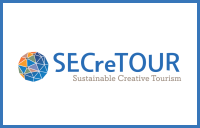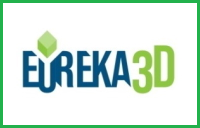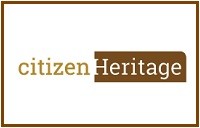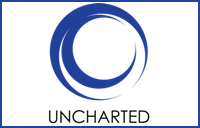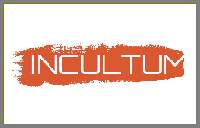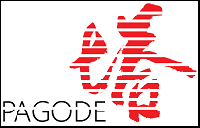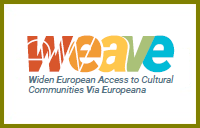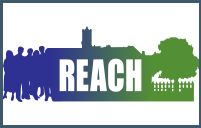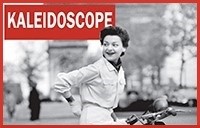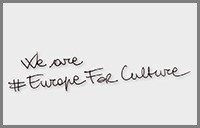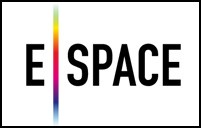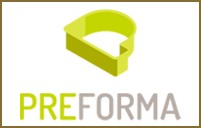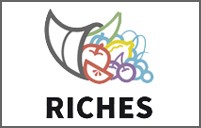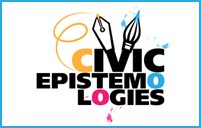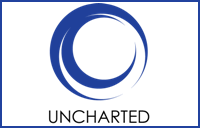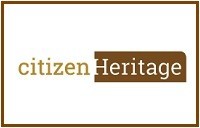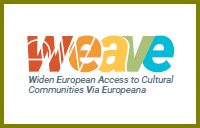-
Join the
Digital Meets Culture
Newsletter! -
Join the
Digital Meets Culture
Open Newsroom! If you have interesting news and events to point out in the field of digital cultural heritage, we are waiting for your contribution.
If you have interesting news and events to point out in the field of digital cultural heritage, we are waiting for your contribution.
-
Free text
-
-
Upcoming events
-
 Workshop at Euromed 2024, Limassol, Cyprus, 3 December, 2024
Workshop at Euromed 2024, Limassol, Cyprus, 3 December, 2024The Programme of the workshop on Cultural and Creative Tourism at the international conference Euromed2024 is available online. The workshop is organised by the Horizon Europe SECreTour project, in collaboration with the UNESCO Chair on Digital Cultural Heritage at Cyprus … Continue reading →
 Collaboration agreement has started between the Šalek Valley Tourist Board, in December 2024
Collaboration agreement has started between the Šalek Valley Tourist Board, in December 2024The SECreTour Network is growing! The Šalek Valley proves that tourism is more than just an economic sector – it is the heart of the community, a bridge between cultures, people, and nature. The valley, recognized as one of the … Continue reading →
Topic: digital archive

In this issue: find out about EUDAT’s work on policy and sustainability, our roving reporter interviews Massimo Cocco about EUDAT’s partnership with EPOS and we introduce B2DROP, a sync-and-exchange service for all. Continue reading

Here are the names of the suppliers who have been awarded a contract with PREFORMA to develop an open-source toolset for conformance checking of digital files (texts, images and AV), intended for long-term preservation in memory institutions. Continue reading

StoM project commenced on 1st May 2014 and is carried out by a strong consortium committed to develop a commercial pathway for software-as-a-service solutions. Consortium members are leaders in ICT (NET7, IN2, SpazioDati) and business development (Techin and Innova). The services to be developed for commercialisation are based upon a previous research programme successfully conducted in the SemLib project. The aim is to apply semantic annotation and semantic recommendation solutions in two platforms: EventPlace and PunditBrain. Continue reading

Girona City Council, through the Centre for Image Research and Diffusion (CRDI) and the Museum of Cinema, with the collaboration of Amics de la UNESCO, celebrate the World Day of Audiovisual Heritage with the follow activities: conference: “An overview of the portrait in Girona” and a presentation: Japanese Photographic Album (ca. 1885-1890). Continue reading
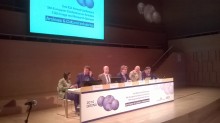
PREFORMA was presented to the almost 1000 attendees in one of the parallel sessions in the afternoon of Monday 13th of October by Antonella Fresa, Technical Coordinator, and Peter Pharow, Responsible of the first design phase. Continue reading
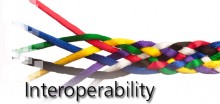
Bert Lemmens represented PREFORMA at the Interoperability Workshop organised by the SUCCEED project to discuss best practices and possibilities for cooperation on a technical level between European Centres of Competence and Digital infrastructures. Continue reading
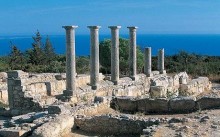
On 3 November 2014 in Limassol, Cyprus, RICHES particpated in the 5th International Euro-Mediterranean Conference (EuroMed 2014), held on 3-8 November. RICHES Coordinator Neil Forbes of Coventry University (UK) presented the project, its objectives and its first outcomes within a workshop, entitled “The Digitisation Age: Mass Culture is Quality Culture. Challenges for Cultural Heritage and Society”. The workshop was organised by RICHES Communication Manager Promoter Srl. Continue reading

This symposium, organised by CODIGT and held in Karlsruhe on 14 November 2014 at the ZAK Centre, was devoted to the goal of raising societal awareness about the benefits of archives and archiving in the digital domain. Politicians, the public and society at large should be made aware that archiving will remain a general task in which each person can play a role. Against the backdrop of primarily economic debates, the already conspicuous consequences of the lack of digital archiving of the cultural heritage are often ignored. Continue reading

The 5th International Symposium on Information Management in a Changing World took place in Antalya, Turkey, from 24 to 26 November 2014. To commemorate the 2014 Turkish-German Science Year, IMCW2014 was organised in cooperation with Hacettepe University and the Goethe-Institutes in Turkey. Research Data Management and Knowledge Discovery was the main theme of the Symposium. Continue reading

The open source semantic annotation tool Pundit is RICHES Associate Net7’s main product for the Digital Humanities. The main idea behind semantic annotation is to enable users not only to comment, bookmark or tag web pages, but also to semantically create structured data while annotating. The ability to express semantically typed relations among resources, relying on ontologies and specific vocabularies, not only enables users to express unambiguous and precise semantics, but also, more interestingly, fosters the reuse of such knowledge within other web applications. Continue reading





